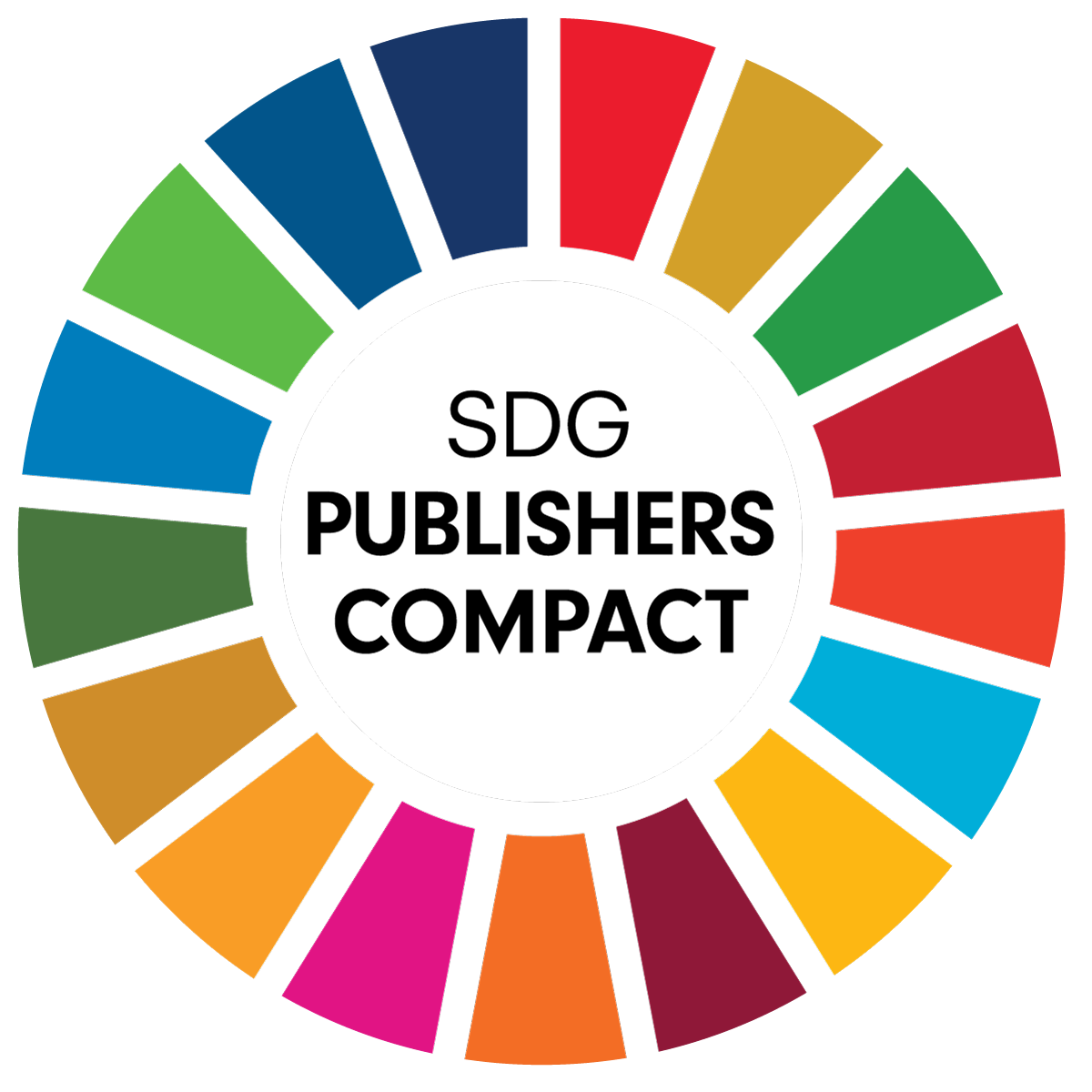Geopolitical Bias in Sovereign Large Language Models: A Comparative Mixed-Methods Study
-
Sridhar JONNALA IBM India, Karnataka, Bangalore, India International School of Management Excellence, Bangalore, Karnataka, India
-
Nisha Mary THOMAS International School of Management Excellence- Bangalore, Karnataka, India Symbiosis Institute of Business Management, Bengaluru. India
Sovereign large language models (LLMs), emerging as strategic assets in global information ecosystems, represent advanced AI system developed under distinct national governance regimes. This study examines how model origin and governance context influence AI-generated narratives on international territorial disputes. The study compares outputs from three prominent sovereign LLMs - OpenAI’s GPT-4o (United States), DeepSeek-R1 (China), and Mistral (European Union), across 12 high-profile territorial conflicts. Statistically significant differences in each model's sentiment distribution and geopolitical framing are identified using a mixed-methods approach that combines sentiment analysis with statistical evaluation (chi-square tests and analysis of variance, ANOVA) on responses to 300 standardized prompts.
The findings indicate model provenance substantially shapes the tone and stance of outputs, with each LLM reflecting distinct biases aligned with its national context. These disparities carry important policy and societal implications: reliance on a single sovereign model could inadvertently bias public discourse and decision-making toward that model's native perspective. The study highlights ethical considerations such as transparency and fairness and calls for robust governance frameworks. It underscores the need for careful oversight and international cooperation to ensure that sovereign LLMs are deployed in a manner that supports informed and balanced geopolitical dialogue.
© The Author(s) 2025. Published by RITHA Publishing. This article is distributed under the terms of the license CC-BY 4.0., which permits any further distribution in any medium, provided the original work is properly cited maintaining attribution to the author(s) and the title of the work, journal citation and URL DOI.
Jonnala, S., Swamy, B., & Thomas, N. M. (2025). Geopolitical bias in Sovereign Large Language Models: A comparative mixed-methods study. Journal of Research, Innovation and Technologies, Volume IV, 2(8), 173-192. https://doi.org/10.57017/jorit.v4.2(8).04
Ahmed, I., Liu, W., Roscoe, R. D., Reilley, E., & McNamara, D. S. (2025). Multifaceted assessment of responsible use and bias in language models for education. Computers, 14(3), 1–12. https://doi.org/10.3390/computers14030100
Aydın, O., Karaarslan, E., Erenay, F. S., & Dzakula, N. B. (2025). Generative AI in academic writing: A comparison of DeepSeek, Qwen, ChatGPT, Gemini, Llama, Mistral, and Gemma. arXiv. https://doi.org/10.48550/arXiv.2503.04765
Bender, E. M., Gebru, T., McMillan-Major, A., & Shmitchell, S. (2021). On the dangers of stochastic parrots: Can language models be too big? In Proceedings of the 2021 ACM Conference on Fairness, Accountability, and Transparency (pp. 610–623). https://doi.org/10.1145/3442188.3445922
Bondarenko, M., Lushnei, S., Paniv, Y., Molchanovsky, O., Romanyshyn, M., Filipchuk, Y., & Kiulian, A. (2025). Sovereign large language models: Advantages, strategy and regulations. arXiv. https://doi.org/10.48550/arXiv.2503.04745
Bommasani, R., Hudson, D. A., Adeli, E., Altman, R., Arora, S., von Arx, S., ... & Liang, P. (2021). On the opportunities and risks of foundation models. arXiv. https://doi.org/10.48550/arXiv.2108.07258
Brown, S., Belliappa, G., & Ng, D. P. L. (2024). Revealing the path forward with sovereign LLMs. Deloitte. https://www2.deloit te.com/content/dam/Deloitte/us/Documents/consulting/us-nvidia-revealing-the-path-forward-with-sovereign-llms.pdf
Castillo- Eslava, F., Mougan, C., Romero-Reche, A., & Staab, S. (2023). The role of large language models in the recognition of territorial sovereignty: An analysis of the construction of legitimacy. arXiv. https://doi.org/10.48550/arXiv.2304.06030
Chen, Y., Zhang, L., & Wang, Q. (2025). Addressing asymmetry in contrastive learning: LLM-driven sentence embeddings with ranking and label smoothing. Symmetry, 17(5), 646. https://doi.org/10.3390/sym17050646
Chiarello, F., Giordano, V., Spada, I., Barandoni, S., & Fantoni, G. (2024). Future applications of generative large language models: A data-driven case study on ChatGPT. Technovation, 133, 1–12. https://doi.org/10.1016/j.technovation.2024.103002
Choi, W. C., & Chang, C. I. (2025). Advantages and limitations of open-source versus commercial large language models (LLMs): A comparative study of DeepSeek and OpenAI’s ChatGPT. https://doi.org/10.20944/preprints202503.1081.v1
Dandage, R. V. (2025). A comparative analysis of ChatGPT and DeepSeek: Capabilities, applications, and future directions. International Journal of Innovative Science and Research Technology, 10(2), 207–211.https://doi.org/10.5281/zenodo.14899162
Djuhera, A., Müller, T., Li, S., Gupta, R., Schmidt, L., & Agarwal, A. (2025). Fixing it in post: A comparative study of LLM post-training data quality and model performance. arXiv. https://doi.org/10.48550/arXiv.2506.06522
Floridi, L., Cowls, J., Beltrametti, M., et al. (2018). AI4People - An ethical framework for a good AI society: Opportunities, risks, principles, and recommendations. Minds and Machines, 28, 689–707.
GDPR. (2018). General Data Protection Regulation: ICAP GDPR Survey (pp. 1–30). https://in2mobile.gr/wp-content/uploads/2018/05/GDPR_NEWSurvey.pdf
Guey, W., Bougault, P., Zhang, W., de Moura, V. D., & Gomes, J. O. (2025). Mapping geopolitical bias in 11 large language models: A bilingual, dual-framing analysis of U.S.–China tensions. arXiv. https://doi.org/10.48550/arXiv.2503.23688
Joshi, P., Santy, S., Budhiraja, A., Bali, K., & Choudhury, M. (2020). The state and fate of linguistic diversity and inclusion in the NLP world. In Proceedings of the 58th Annual Meeting of the Association for Computational Linguistics (pp. 6282–6293). https://aclanthology.org/2020.acl-main.560.pdf
Kharchenko, J., Roosta, T., Chadha, A., & Shah, C. (2024). How well do LLMs represent values across cultures? Empirical analysis of LLM responses based on Hofstede cultural dimensions. arXiv. https://doi.org/10.48550/arXiv.2406.14805
Kaplan, A., & Haenlein, M. (2019). Siri, Siri, in my hand: Who’s the fairest in the land? On the interpretations, illustrations, and implications of artificial intelligence. Business Horizons, 62, 15–25. https://doi.org/10.1016/j.bushor.2018.08.004
Kulesz, O. (2024). Artificial intelligence and international cultural relations: Challenges and opportunities for cross-sector collaboration. Culture and Foreign Policy. https://cultureactioneurope.org/wp-content/uploads/2024/08/ifa-2024_kulesz_ai-intl-cultural-relations.pdf
Li, B., Haider, S., & Callison-Burch, C. (2024). This land is {your, my} land: Evaluating geopolitical bias in language models through territorial disputes. In Proceedings of the 2024 Conference of the North American Chapter of the Association for Computational Linguistics: Human Language Technologies (pp. 3855–3871). https://aclanthology.org/2024.naacl-long.213.pdf
Lin, H., Long, J., Xu, Z., & Zhao, W. (2024). Token-wise influential training data retrieval for large language models. In Proceedings of the 62nd Annual Meeting of the Association for Computational Linguistics (pp. 841–860). https://doi.org/10.18653/v1/2024.acl-long.48
Linkon, A. A., Shaima, M., Sarker, M. S. U., Badruddowza, N., Nabi, N., Rana, M. N. U., Ghosh, S. K., Rahman, M. A., Esa, H., & Chowdhury, F. R. (2024). Advancements and applications of generative artificial intelligence and large language models on business management: A comprehensive review. Journal of Computer Science and Technology Studies, 6(1), 225–232. https://doi.org/10.32996/jcsts.2024.6.1.26
Linegar, M., Kocielnik, R., & Alvarez, M. R. (2023). Large language models and political science. Frontiers in Political Science, 5, 1–12. https://doi.org/10.3389/fpos.2023.1257092
Maiti, A., Adewumi, S., Tikure, T. A., Wang, Z., Sengupta, N., Sukhanova, A., & Jana, A. (2025). Comparative analysis of OpenAI GPT-4o and DeepSeek R1 for scientific text categorization using prompt engineering. arXiv. https://doi.org/10.48550/arXiv.2503.02032
Miao, F., et al. (2021). AI and education: Guidance for policy-makers. UNESCO. https://unesdoc.unesco.org/ark:/48223/pf0000376709
Mitchell, M., Wu, S., Zaldivar, A., Barnes, P., Vasserman, L., Hutchinson, B., Spitzer, E., Raji, I. D., & Gebru, T. (2019). Model cards for model reporting. arXiv. https://arxiv.org/pdf/1810.03993
Pacheco, A. G. C., Cavalini, A., & Comarela, G. (2025). Echoes of power: Investigating geopolitical bias in US and China large language models. arXiv. https://doi.org/10.48550/arXiv.2503.16679
Pahune, S., Akhtar, Z., Mandapati, V., & Siddique, K. (2025). The importance of AI data governance in large language models. Preprints. https://www.preprints.org/manuscript/202504.0219/v1
Ouyang, L., Wu, J., Jiang, X., Almeida, D., Wainwright, C., Mishkin, P., ... & Leike, J. (2022). Training language models to follow instructions with human feedback. Advances in Neural Information Processing Systems, 35, 27730–27744. https://doi.org/10.48550/arXiv.2203.02155
Raza, M., Jahangir, Z., Riaz, M. B., Saeed, M. J., & Sattar, M. A. (2025). Industrial applications of large language models. Scientific Reports, 15(1), 1–23. https://doi.org/10.1038/s41598-025-98483-1
Rivera, J.-P., Mukobi, G., Reuel, A., Lamparth, M., Smith, C., & Schneider, J. (2024). Escalation risks from language models in military and diplomatic decision-making. In Proceedings of the 2024 ACM Conference on Fairness, Accountability, and Transparency (pp. 836–898). https://dl.acm.org/doi/pdf/10.1145/3630106.3658942
Sapkota, R., Raza, S., & Karkee, M. (2025). Comprehensive analysis of transparency and accessibility of ChatGPT, DeepSeek, and other SoTA large language models. arXiv. https://doi.org/10.48550/arXiv.2502.18505
Sugureddy, A. R. (2023). AI-driven solutions for robust data governance: A focus on generative AI applications. International Journal of Data Analytics, 3(1), 79–89. https://iaeme.com/Home/article_id/IJDA_03_01_007
Taddeo, M., & Floridi, L. (2018). How AI can be a force for good: An ethical framework will help to harness the potential of AI while keeping humans in control. Science, 361(6404), 751–753. https://doi.org/10.1126/science.aat5991
Tao, Y., Viberg, O., Baker, R. S., & Kizilcec, R. F. (2024). Cultural bias and cultural alignment of large language models. arXiv. https://doi.org/10.48550/arXiv.2311.14096
Torkamaan, H., Steinert, S., Pera, M. S., et al. (2024). Challenges and future directions for integration of large language models into socio-technical systems. Behaviour & Information Technology, 1–21. https://doi.org/10.1080/0144929X.2024.2431068
Urman, A., & Makhortykh, M. (2025). The silence of the LLMs: Cross-lingual analysis of guardrail-related political bias and false information prevalence in ChatGPT, Google Bard (Gemini), and Bing Chat. Telematics and Informatics, 96, 1-16. https://doi.org/10.1016/j.tele.2024.102211
Usman, H., Nawaz, B., & Naseer, S. (2023). The future of state sovereignty in the age of artificial intelligence. Journal of Law & Social Studies, 5(2), 142–152. https://doi.org/10.52279/jlss.05.02.142152
Zhou, D., & Zhang, Y. (2024). Political biases and inconsistencies in bilingual GPT models—the cases of the U.S. and China. Scientific Reports, 14(1), 1–13. https:/doi.org/10.1038/s41598-024-76395-w
World Trade Organization. (2024). Trade and inclusiveness: How to make trade work for all (pp. 1–160). https://www.wto.org/english/res_e/publications_e/wtr24_e.htm
Wei, J., Borgeaud, S., Chan, H., Kádár, Á., Mohan, M., Sastry, G., ... & Le, Q. (2023). Instruction-tuned language models exhibit emergent cognitive biases. arXiv. https://doi.org/10.48550/arXiv.2308.00225




